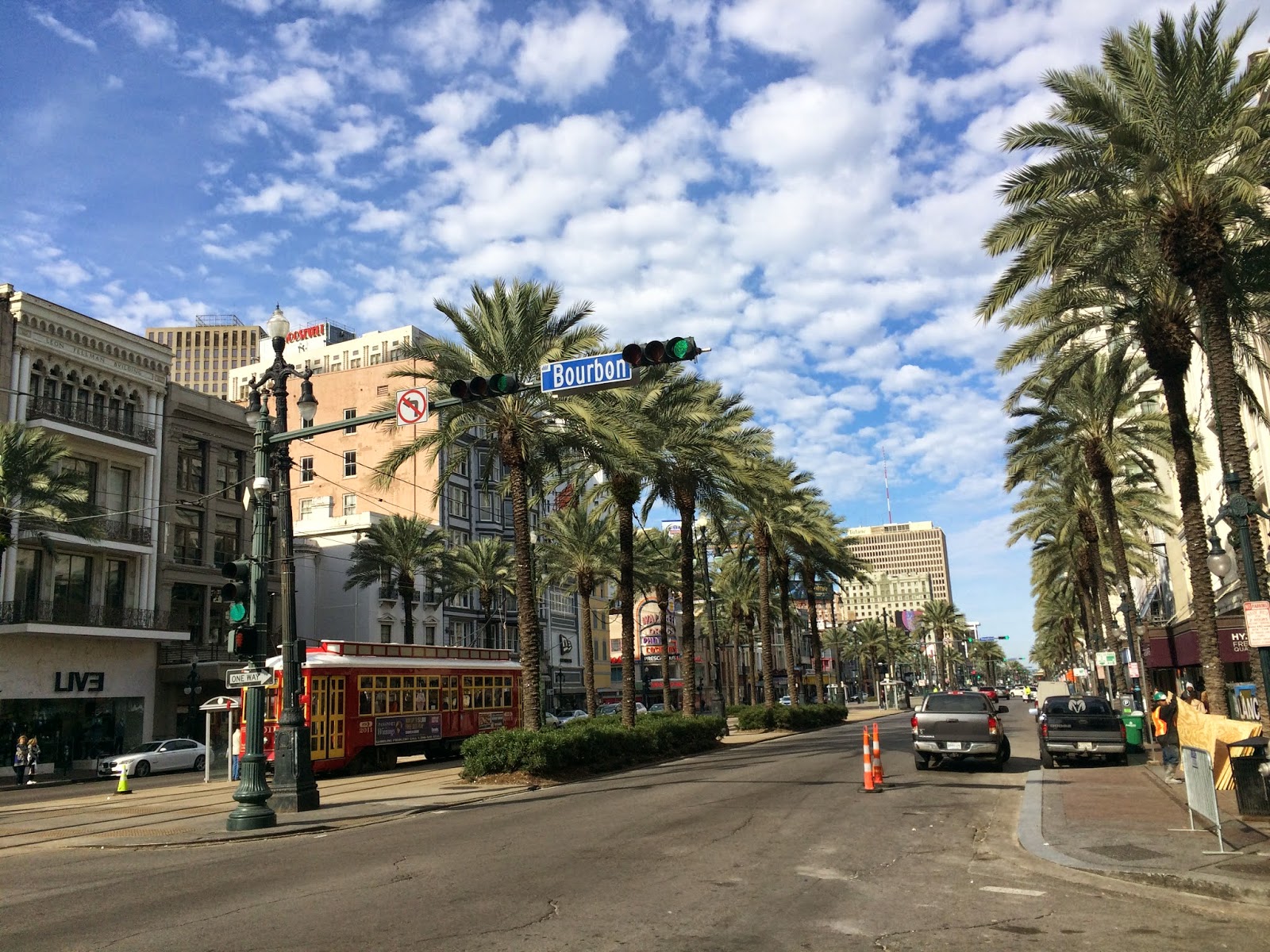Adventures at the AIA Public Archaeology Educator's Conference
This past weekend, while other FPAN staff were sipping coffee by the Space Needle in Seattle for
the Society for Historical Archaeology (SHA) meetings, Ryan was in the Big Easy
(New Orleans) for the Archaeological Institute of America (AIA) archaeology
educator’s conference. This was a lot of fun, and we even got to share hotel
space with the “Sons of Silence” African-American biker convention!
 |
| Canal and Bourbon street out front of the conference hotel |
The purpose of our session was to discuss state and regional
approaches to outreach and education in archaeology. What a perfect setting for
FPAN right?
 |
| Teachers discuss different archaeology activities |
The session began with an introduction to everyone—what state
they work in, what type of work they do, and how their job is connected to
public archaeology. There were many different levels of experience in the room.
Some folks were directors and coordinators in public archaeology offices, and
others were simply sitting in to learn more about the field. After that, we broke into groups and played “public
archaeology trivia” to assess everyone’s knowledge on public programming
throughout the country. For example, a sample question might have been,
“Established in 2004 through state legislation and in cooperation with the University of West Florida, this state-funded public outreach program operates regional centers throughout the state. Its goals are to promote public outreach and education, support the state division of historic resources, and assist local governments. Name that organization.”
The answer is, of course, FPAN. But other questions were
more difficult because programming from Canada and the western US was far less familiar.
Following trivia, we took a short break and then again broke
into groups, led by Ryan and three other public archaeology coordinators from
various states. The point of this group discussion was to pose “challenge questions”
regarding major issues faced by public archaeologists. For example,
“How does the term “archaeology” (and how we present it)
hold us back? Under this umbrella concept, we asked how we might
contribute to the public’s MIS-understandings of what archaeology does.
 |
| Local architecture |
We pondered a few other questions similar to this before
disbanding for the evening. The following morning, Ryan briefly joined a
session that featured teachers who use archaeology in their classroom. It was
interesting to hear the varying ideas and see the different activities used by educators
around the country.
 |
| 18th-century St. Louis Cathedral |
A bit before the end of this session, Ryan played hooky and
decided to check out some historic sites in the French Quarter.
 |
| The culture of Bourbon street |
Text and Images by Ryan Harke, FPAN Staff

